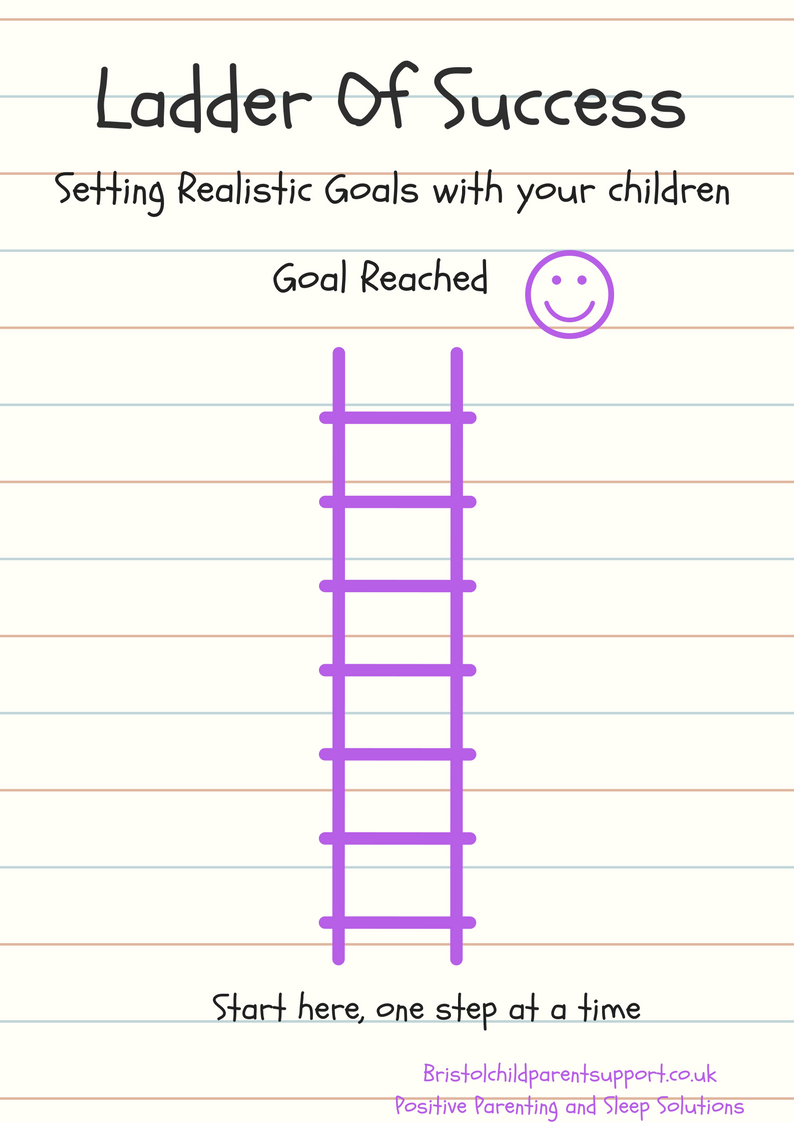In my private practise and clinical role, I work with parents who misunderstand anxiety. Anxiety is a normal and natural feeling that everyone experiences occasionally. It is a symptom of fear and can be explained with some simple neuroscience. So you can listen to my video or read on for a more detailed explanation.
What Causes Anxiety?

What’s different in children?
Children’s brains are born undeveloped. They must develop bottom-up connections to their higher rational mind, the cerebral cortex, and the hippocampus. To manage the amygdala response, they will feel it much more than adults, but I am sure you and I still come a cropper with our amygdala response. Connections are made through experiences with you and your environment until they develop relationships in the higher brain. (The cerebral cortex is responsible for higher thought processes, including speech, memory, reflective capacity, and positive memories in the hippocampus.
Normal Childhood Fears
Even in the best situations, your baby, toddler, and teen suffer from anxiety occasionally. Babies feel separation anxiety between 6-9 months. Toddlers to middle childhood feel dread, apprehension, fear, or distress when faced with new situations, being separated from you, taking tests, being frightened of the dark, dogs, monsters, and ghosts. As they grow older and develop their cognitive capacity, they become more conscious of their peers. They can become more preoccupied with social acceptance and academic and physical performance. All these fears are perfectly normal; they may need you more at those times. They can move on with these fears with no lasting effects.
What can you do to help?
- Please name it and explain the anxiety response; it does not need to be complicated; let them know it is a normal response.
- They may express anxiety through physical symptoms such as tummy aches, headaches, self-harm, skin picking, and pulling hair may be about fear.
- Please help your child by teaching them feeling words.
- You are accepting, empathising, and validating your child’s worries.
- Listening to worries with full attention and gently helping them to distinguish between facts and fears.
- Teach them to breathe and be mindful.
- Try asking them what you could do to help them feel safe.
- Patiently encourage your child to face the situation one step at a time and repeatedly so they feel safe and the situation becomes less anxiety-provoking. Here is my ladder of success to help.
 Red Flags of concern
Red Flags of concern
It would be best to be concerned when your child’s worry impacts their functioning. You may notice your child:
- Excessive worry most days of the week, for weeks on end
- Your child seems tense and unrelaxed most of the time
- Has a lot of physical symptoms?
- They engage in endlessly repetitive behaviours such as checking and washing.
- They avoid social situations or other normal day-to-day activities.
- The typical developmental fear is age-inappropriate.




Add Comment